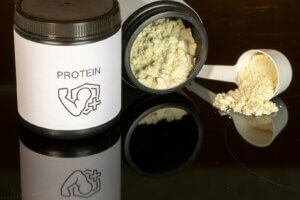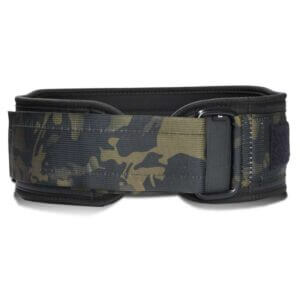How to Overhead Squat
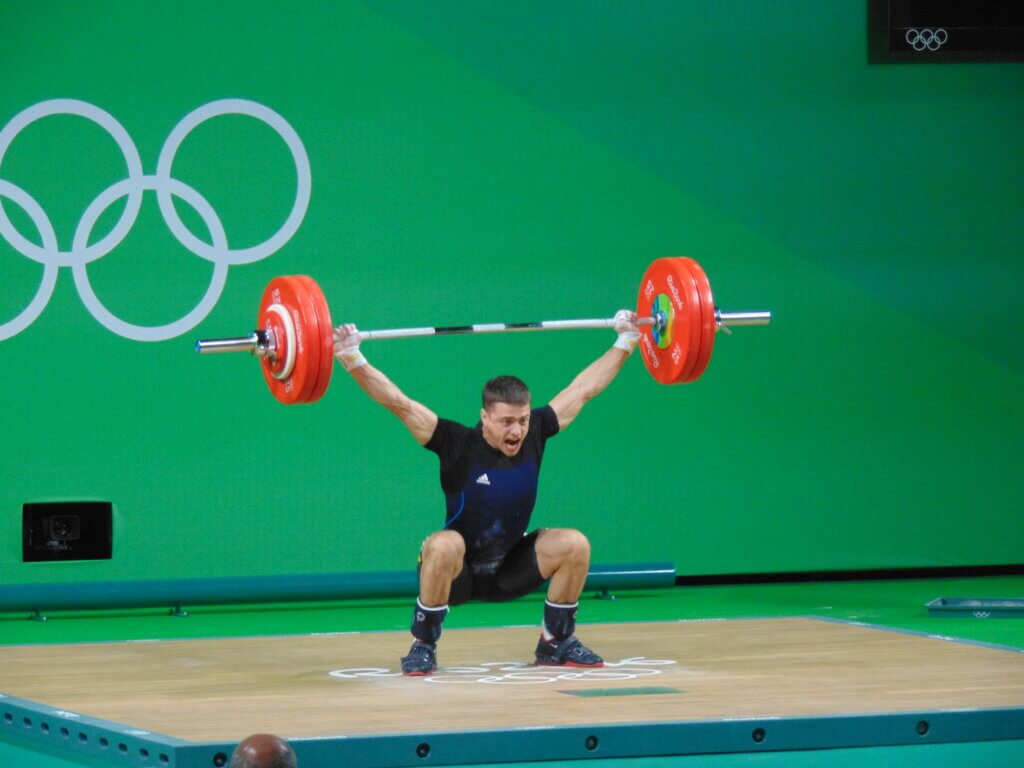
Introduction:
The overhead squat is a dynamic and powerful exercise that tests strength, stability, and mobility. A staple in CrossFit and Olympic weightlifting, the overhead squat involves holding a barbell overhead while performing a full squat. This movement not only builds lower body strength but also enhances shoulder stability and core strength. Aimed at individuals with a basic knowledge of CrossFit training, this guide will break down the overhead squat into easy-to-understand steps, provide scaling options, and highlight the benefits of incorporating this exercise into your routine.
Steps in the Overhead Squat movement:
Setup:
- Stand with your feet shoulder-width apart, toes slightly turned out.
- Grip the barbell with a wide, snatch grip and lift it overhead, arms fully extended.
- Ensure your wrists are in line with your shoulders, and your elbows are locked out.
Initiate the Squat:
- Engage your core and maintain an upright torso.
- Begin the descent by pushing your hips back and bending your knees.
- Keep the barbell aligned over the middle of your feet throughout the movement.
Lowering Phase:
- Squat down as low as your mobility allows, ideally until your hips are below parallel.
- Maintain a strong, stable position with your arms and shoulders, preventing the barbell from shifting forward or backward.
Ascent:
- Drive through your heels and extend your knees and hips to stand back up.
- Keep the barbell stable and overhead as you return to the starting position.
Repeat:
- Ensure each repetition is controlled and maintain proper form throughout the set.
What Equipment is needed
- Barbell: A standard Olympic barbell is preferred.
- Weight Plates: Adjustable weight plates to suit your strength level.
- Lifting Shoes: Optional, but beneficial for added stability and improved ankle mobility.
- Chalk: To improve grip and prevent slipping.
- Wrist Wraps
- Lifting Belt
Executing overhead squats safely and effectively necessitates the right equipment. A quality Olympic barbell is fundamental, offering the appropriate weight and grip diameter. Pairing the barbell with adjustable weight plates allows for progressive overload tailored to your strength levels. Lifting shoes with an elevated heel can significantly enhance stability and ankle mobility, facilitating a more upright torso during the squat. Wrist wraps provide additional support, reducing strain on the wrists by stabilizing the joint under load. Chalk is beneficial for improving grip, especially during longer sessions where perspiration may be a factor.
Check out the Equipment subsite for more tools, tips, and inspiration.
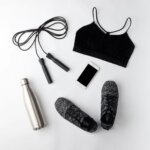
Shop Fitness gear now on Amazon
See Amazons extensive range of workout gear here. (Affiliate Link)
Scaling Options:
To gradually build strength and proficiency, consider the following scaling options:
- PVC Pipe or Dowel: Practice the movement pattern without added weight to focus on form and mobility.
- Dumbbells: Hold a dumbbell in each hand overhead to reduce the load and improve stability.
- Kettlebells: Use a single kettlebell held overhead for a similar effect.
Common Mistakes to Avoid:
- Lack of Mobility: Ensure adequate shoulder and hip mobility before attempting overhead squats. Incorporate stretching and mobility exercises into your routine.
- Inconsistent Bar Path: Keep the barbell directly over the middle of your feet to maintain balance and control.
- Weak Core Engagement: Engage your core muscles to stabilize your spine and maintain an upright torso.
- Improper Grip Width: Use a wide grip to allow for better shoulder stability and barbell control.
Benefits of the Movement:
- Full-Body Strength: Targets the lower body, core, and upper body muscles.
- Improved Mobility: Enhances shoulder, hip, and ankle flexibility.
- Core Stability: Strengthens the core muscles, leading to better overall stability and posture.
- Functional Fitness: Mimics real-life movements, improving overall athletic performance.
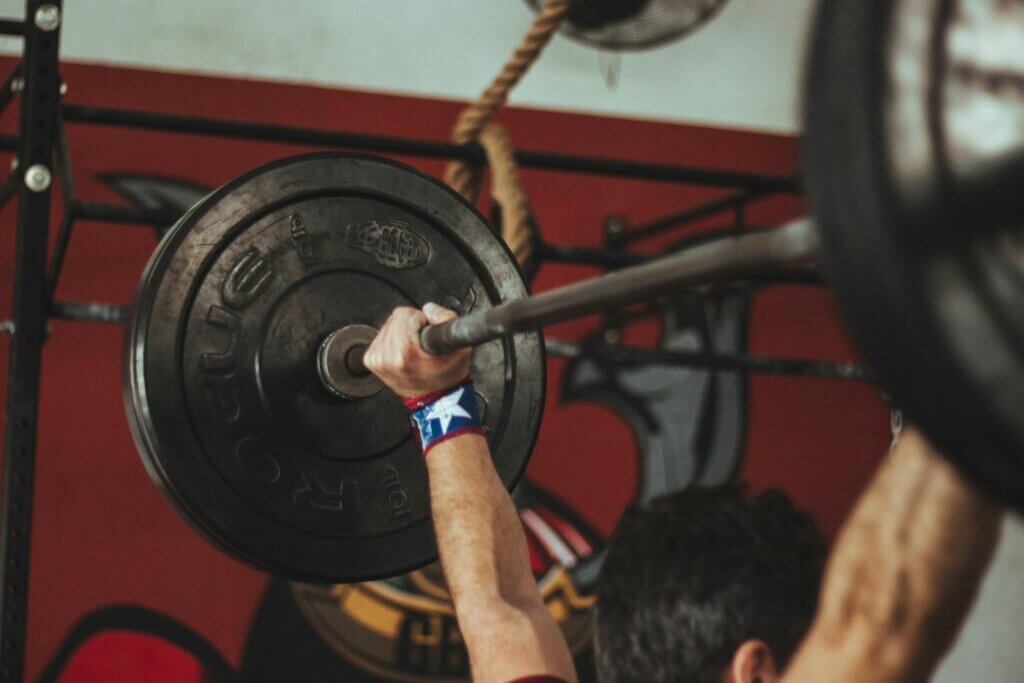
Which Muscles Are Worked:
During this exercise, the following muscle groups are engaged:
- Primary Muscles: Quadriceps, hamstrings, glutes, deltoids, trapezius.
- Secondary Muscles: Core stabilizers, including the abdominals and obliques, and the erector spinae.
Alternative Similar Movements:
If you’re seeking variation or targeting specific muscle groups, consider incorporating these alternative exercises:
- Front Squats: Focuses on the quadriceps and core stability.
- Back Squats: Builds overall lower body strength.
- Snatch Balance: Combines an overhead squat with a quick transition to test balance and coordination.
- Overhead Lunges: Incorporates similar overhead stability with a dynamic, unilateral movement.
Common Overhead Squat Variations and Their Benefits
Exploring variations of the overhead squat can target different muscle groups and address specific weaknesses. The Snatch-Grip Push Press, for instance, involves pressing the bar overhead with a wide grip, emphasizing shoulder strength and stability. The Overhead Squat with Pause adds a hold at the bottom of the squat, enhancing muscular endurance and reinforcing proper positioning. Single-Arm Overhead Squats, performed with a dumbbell or kettlebell, challenge unilateral stability and core control, highlighting imbalances that may not be apparent in bilateral movements. Incorporating these variations into your training can provide a well-rounded approach, ensuring balanced development and reducing the risk of overuse injuries. It’s advisable to start with lighter weights when attempting new variations, focusing on mastering technique before progressing to heavier loads.

Shop Fitness gear now on Amazon
See Amazons extensive range of workout gear here. (Affiliate Link)
Mobility Drills to Enhance Overhead Squat Performance
Achieving proper form in the overhead squat requires significant mobility in the shoulders, hips, and ankles. Inadequate flexibility in these areas can lead to compensations, increasing the risk of injury and limiting performance. Incorporating targeted mobility drills into your routine can address these limitations. For shoulder mobility, exercises such as shoulder dislocates with a PVC pipe can improve range of motion. Hip mobility can be enhanced through deep squat holds and hip flexor stretches, which open up the hip joint and promote greater depth in the squat. Ankle dorsiflexion is crucial for maintaining balance; calf stretches and ankle mobilizations can aid in this aspect. Consistently performing these drills as part of your warm-up and cool-down routines will prepare your body for the demands of the overhead squat, leading to improved technique and reduced injury risk.
Programming Overhead Squats into Your Training Routine
Integrating overhead squats into your training regimen requires careful consideration of volume, intensity, and frequency to align with your fitness goals. For beginners, starting with light weights and focusing on form is essential. Performing 3-5 sets of 5-10 repetitions with a PVC pipe or empty barbell can help ingrain proper movement patterns. As proficiency increases, gradually introduce weight, aiming for 3-5 working sets of 1-5 reps, ensuring to leave 0-2 reps in reserve each set to avoid overexertion. Rest periods between sets should range from 2-5 minutes, depending on the intensity. Incorporating overhead squats once or twice a week is sufficient for most lifters, allowing adequate recovery. It’s beneficial to perform them early in the workout when energy levels are highest, especially if using them as a strength exercise. Listening to your body and adjusting the program based on individual response will promote steady progress and prevent burnout.
Q&A for Overhead Squats
How to properly do an overhead squat?
Properly doing an overhead squat involves maintaining an upright torso, keeping the barbell aligned over your midfoot, and ensuring your knees and hips move in sync. Follow the detailed steps in the “Steps in the Overhead Squat Movement” section.
Why is it so hard to overhead squat?
The overhead squat is challenging because it requires a combination of strength, stability, and mobility, especially in the shoulders, hips, and ankles. Insufficient mobility in any of these areas can make the exercise difficult.
Are overhead squats effective?
Yes, overhead squats are highly effective for building full-body strength, improving mobility, and enhancing core stability. They also translate well into other athletic movements.
Can everyone overhead squat?
Not everyone can immediately perform an overhead squat due to the high mobility and strength requirements. However, with proper training and scaling options, most people can work up to performing overhead squats.
How to get more flexible for overhead squats?
Improving flexibility for overhead squats involves regular stretching and mobility exercises targeting the shoulders, hips, and ankles. Yoga, dynamic warm-ups, and specific mobility drills can help.
Is overhead squat bad for shoulders?
Overhead squats can strain the shoulders if not performed with proper technique and adequate mobility. It’s crucial to warm up, use appropriate weights, and maintain good form to prevent injury.
Do overhead squats build abs?
Yes, overhead squats engage and strengthen the core muscles, including the abdominals, due to the need for stability and control throughout the movement.
What is a good weight for overhead squats?
A good weight for overhead squats varies by individual but generally starts with just the barbell for beginners. As strength and technique improve, you can gradually add weight based on your ability.
How often should you do overhead squats?
Overhead squats can be incorporated into your workout routine 1-2 times a week, allowing sufficient recovery time between sessions. Adjust frequency based on your overall training plan and recovery.
Why is OHS so hard?
OHS, or overhead squats, are hard due to the need for simultaneous strength, balance, stability, and mobility. Any weakness or imbalance can make the exercise particularly challenging.
Why is my squat super weak?
A weak squat could result from several factors, including insufficient lower body strength, poor technique, or inadequate mobility. Focus on building strength through various squat variations and improving technique.
How do you test overhead squats?
Testing overhead squats involves assessing your ability to maintain proper form with a barbell overhead. Coaches often look for alignment, depth, stability, and control during the movement.
Why can’t I do an overhead squat?
Inability to do an overhead squat often stems from insufficient mobility, especially in the shoulders, hips, or ankles. Strength and stability issues can also be factors.
Why do overhead squats hurt my lower back?
Lower back pain during overhead squats can result from poor form, insufficient core engagement, or mobility restrictions. Ensure you maintain a neutral spine and engage your core throughout the movement.
What are the rules for overhead squats?
Key rules for overhead squats include maintaining an upright torso, keeping the barbell over your midfoot, engaging your core, and using a wide grip for stability. Always prioritize proper form over heavy weights.
Conclusion:
Incorporating the overhead squat into your training regimen will challenge your strength, stability, and mobility. By mastering this movement, you’ll unlock new levels of fitness and enhance your overall athletic performance. Remember to focus on form, gradually increase the weight, and enjoy the journey of becoming stronger and more resilient. Let’s get squatting!

Shop Fitness gear now on Amazon
See Amazons extensive range of workout gear here. (Affiliate Link)

🏋️ Written by: Mike Kerr
Mike is the founder of Strengthguides.com and a certified CrossFit Level 1 Trainer (CF-L1) and certified Kettlebell Instructor with over 10 years of experience in functional fitness. He specializes in developing programs that maximize performance without sacrificing mobility. Mike Kerr is passionate about making complex training methodologies comprehensible and safe for everyone.


